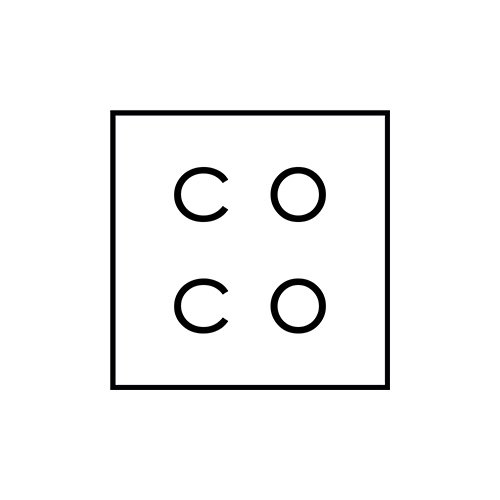Se Acabo La Fiesta Brava
”La Fiesta Brava” was a photographic exhibition of John Sevigny’s work we showed at CCPS (Conde Contemporary Project Space) in Little Havana back in the proverbial “day”. The show was aggressive and largely upsetting, as was typical of John’s work, but it was impossible to look away, also typical of John’s work.
”John Sevigny, "Paparazzi to the Iconic Unknown", is a photographic artist and Miami native who has lived on the chaotic, US-Mexico border for four years. He weathered the worst of the drug war in Northern Mexico, and most recently has wandered around Central America in search of images and stories that illuminate what he views as a single region with shared dreams and similar nightmares.”
Crutches
by John Sevigny
Below is his statement on the exhibition.
”La Fiesta Brava is a fancy name for bullfighting, a blood sport with roots in antiquity that became popular in Spain in the 17th Century. The term translates into angry festival or mad party, and that's as good a description of what I do as any other.
In the late 1990s I attended my first bullfight and that may be where these photographs come from. I was curious and excited as I took my seat high up in the rafters above the sandy circle of life and death. The bull came crashing out of the gate into the center of the ring. Men on horses soon began weakening him up for the matador with half-hearted but very effective spear-thrusts to the animal's upper back. Blood dripped heavy and motor-oil dark on the sand and I began to feel like a sick and amused voyeur. Eventually a matador came out and gracefully, brutally ended the animals life to a round of applause that made me think of a lynching.
"All these people have come together have paid to watch the organized ritual sacrifice of an animal to no particular god," I thought, an idea which does not say much for Modern values. At the same time, I was riveted. I would not have left for anything in the world. In fact, I returned many times, invited by my matador friend Jose Daniel Ayala, from Monterrey, Mexico, who gets me in free and has killed at least one bull in my name.
Rituals are seductive, no matter how frightening they may be, and so is the best art. I've never resolved the contradiction between my attraction to the strange world of bullfighting and the fact that I was sickened by it. Bullfighting in fact became a metaphor for the world, a place where the primitive lays waste to our best efforts to be "civilized" and something or someone must always suffer but for no particular reason. And yet we cannot stop watching.
This course of thinking is what led to the birth Surrealism, which flickers delicately in these photographs. This work relies on an alchey that artists discovered many years ago: horror traps the gaze and the gaze turns what it sees into a strange beauty. The history of art supports that thought. The early Modernists who came closest to being surrealists were fans of the Fiesta Brava. Federico Garcia Lorca lamented the death of bullfighter and writer Ignacio Sanchez Mejias in an epic-length 1934 poem.
The bull does not know you, nor the fig tree, nor the horses, nor the ants in your own house. The child and the afternoon do not know you because you are dead forever, Garcia Lorca wrote.
Francisco Goya made a group of etchings dedicated to bullfighting in 1815, and later, Picasso, Dali and Hemingway all embraced the celebration of "death in the afternoon" in their work. But they were not interested in bullfighting as a sport and neither am I. They were interested in what its brutality says about us, and in the moral conundrum that it represents.
You can't look but you must. What you see is not a man and a bull or a photograph on a wall but a mirror. It reflects so-called civilized society and it reflects a dark curiosity has been a part of us since our ancestors lived in caves and looked for meaning in their dreams and nightmares.
Beyond that, La Fiesta Brava, as a group of pictures, is about the stubborn battle all human beings and animals to survive. Like the bullfights I saw so many years ago, it's a cruel and bloody struggle but it's a glamorous one, surreal, and pulsing with life and death. Like a crucifixion, a boxing match or an empty, urban scene by de Chirico, it dares you to look but looking on does not bring understanding. You only see the mystery more clearly.
These photographs are meant to do the same things. A man on crutches has fallen down drunk in a Mexico City plaza. A cat and another man, apparently unconcerned, merely stare at him. An anthropomorphic figure, either sleeping or dead, sits in a doorway at Plaza Garibaldi, bringing back words from Lorca's 1934 poem: "A boy brought the white sheet at five in the afternoon." Bullfighters and celebrities die like heroes. Drunks, junkies and fools die unseen and unnamed, in rooms where silence throbs like a beating heart.
There are no bulls or matadors in these photographs which were made in Mexico, Guatemala and El Salvador. I have lived in all three countries and have seen in them many - perhaps too many - life and death dramas that hold my attention for the same reasons bullfighting does. The single force that holds the universe together is that of the struggle to survive. It is cruel, amusing, humorous or horrible and it is what I hope to capture in my art.
Mexico City
John Sevigny”
Mission accomplished, rest in peace John. You were a poet and I will miss knowing you exist.
- Stacy

